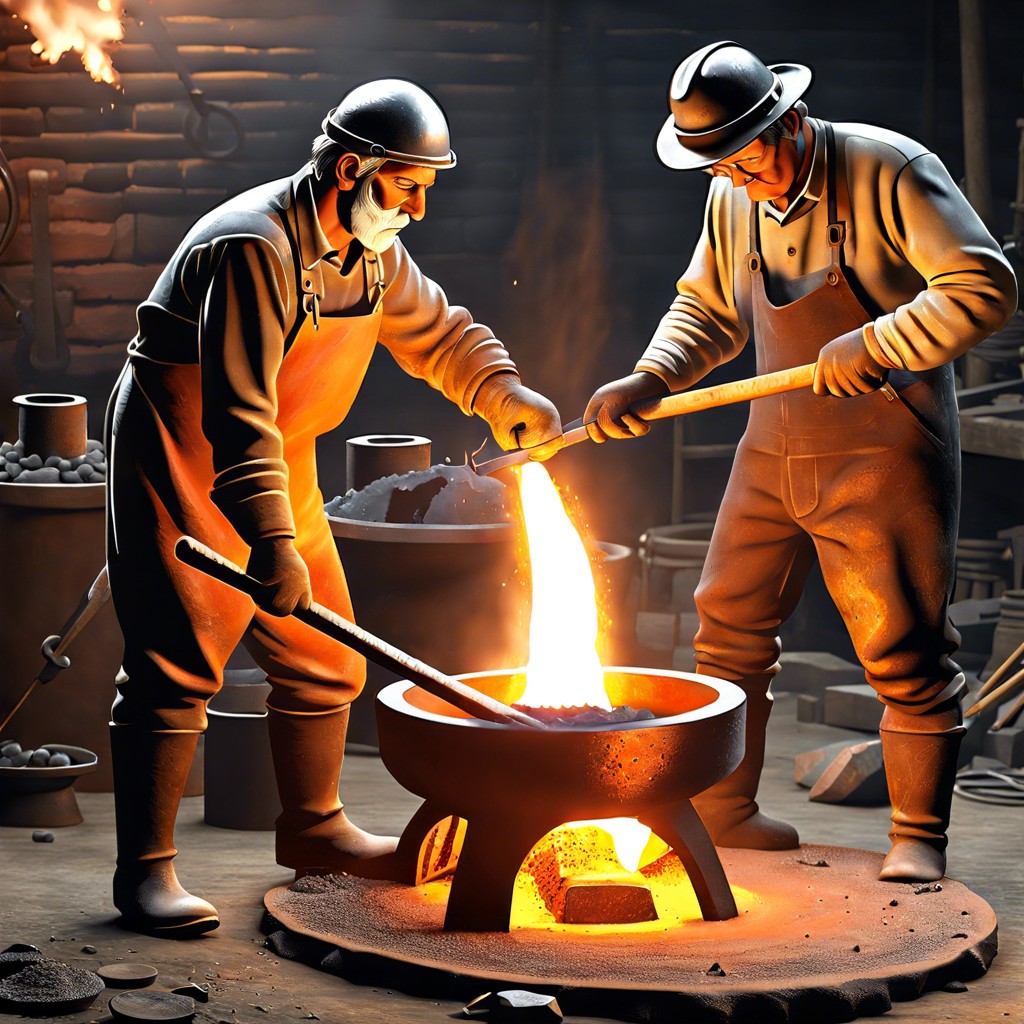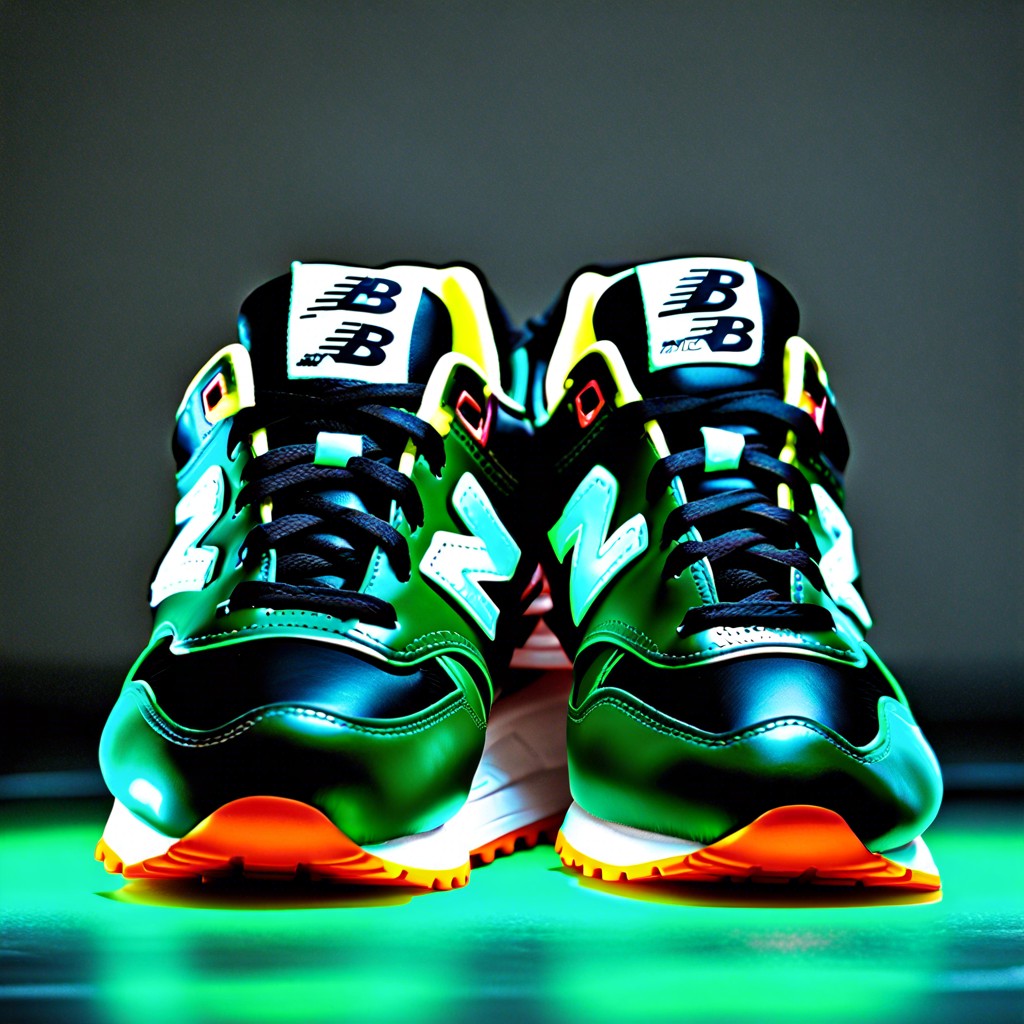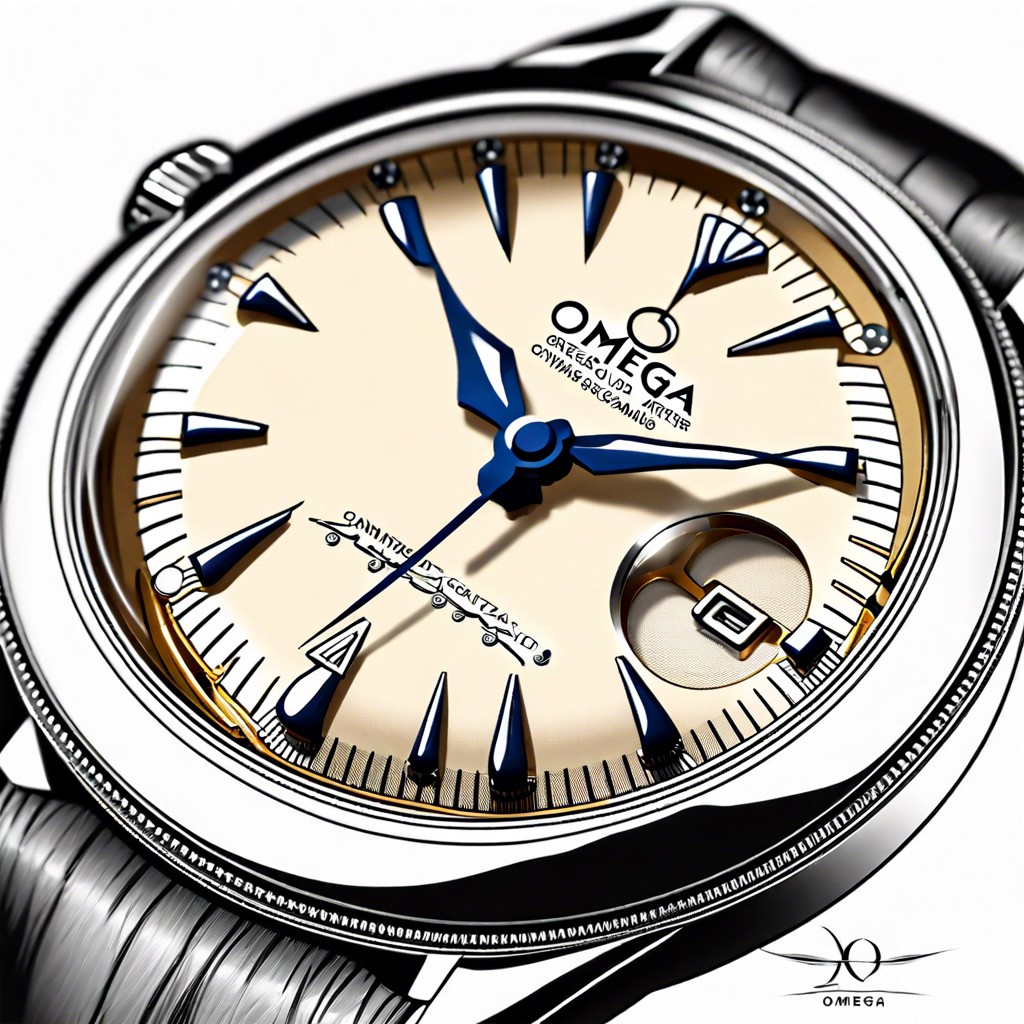Last updated on
Discover practical tips on how to choose the perfect vintage foundry pieces for your collection.
Key takeaways:
- Vintage foundries emerged during the Industrial Revolution as centers of artistry and innovation.
- Foundries primarily worked with iron, steel, and bronze, using casting techniques with sand or clay molds.
- Vintage foundries played a pivotal role in the industrial revolution, contributing to mass production and artistic craftsmanship.
- Vintage foundries continue to inspire modern design, blending old methods with new materials for functional and beautiful creations.
- Preserving vintage foundries requires innovative solutions, such as digital archiving and training programs to pass on the ancient arts of foundry work.
Historical Overview of Vintage Foundry

Vintage foundries, relics of industrial artistry, first emerged with the dawn of the Industrial Revolution around the late 18th century. These workplaces, where molten metal was cast into tools, parts for machines, and ornamental objects, laid the foundations for modern manufacturing. The heart of their operation was the blast furnace—a structure capable of withstanding intense heat necessary to liquefy iron and other metals.
Contrary to common belief, the work environment in vintage foundries wasn’t just about brute force and blazing fires. It required meticulous skill and a profound understanding of material properties and mold-making techniques. Operators were maestros of metal, orchestrating the transformation from liquid fire to solid utility.
Today, these historic foundries are celebrated not only for their technological innovations but also as custodians of age-old casting techniques that have shaped numerous aspects of contemporary life, from the cars we drive to the bridges we cross.
The Art of Foundry: Methods and Materials

In the heyday of vintage foundries, artisans mainly worked with iron, steel, and bronze. Casting, the predominant technique, involved pouring molten metal into molds. These molds were often made from sand or clay, providing the flexibility to create complex shapes and intricate details which was nothing short of magical!
Temperature played a starring role in this process. Managing the heat was crucial since it affected the metal’s fluidity and the final product’s quality. Each metal had its diva moments, requiring specific heat levels to achieve perfection.
As for tools, think of the simplest yet the most rugged artisans’ toolbox! Hammers, chisels, and tongs were the stars of the show, enduring the furnace’s wrath to shape and refine the cast metal. The entire process was not only labor-intensive but also required a meticulous eye for detail and a steady hand, turning raw metal into functional art. What could be more exciting than transforming fiery liquid into beautiful, lasting objects?
Significant Contributions to Industry and Craftsmanship
Vintage foundries were pivotal in the industrial revolution, offering a robust backbone to mass production with their ability to cast and shape metal. This formed the infrastructure for railways, machinery, and buildings, essential for economic expansion.
The craftsmanship in these foundries was not just functional but also artistic. Skilled artisans created intricate designs on items such as gates, tools, and household items, turning ordinary objects into works of art. Their detailed workmanship led to new artistic movements and helped bridge the gap between utility and aesthetics.
Today, these techniques influence modern artists and designers who seek inspiration from the past, blending old methods with new ideas and materials to create innovative designs. The legacy of craftsmanship from vintage foundries continues to inspire a blend of functionality and beauty in contemporary creations.
Impact On Modern Artisanship and Design
Vintage foundries not only mold metals but also the very essence of modern design. The rugged aesthetics and meticulous craftsmanship of yesteryear continue to inspire designers across the globe. From furniture to home decor, the influence can be seen in the appreciation and reinvention of industrial design motifs that prioritize robustness and simplicity.
The embrace of raw materials, such as iron and bronze, directly channels the old foundry spirit. These materials provide not only longevity but also a distinct character that becomes more pronounced with age. This resonates well with contemporary movements like sustainable design, where the focus is on durability and reducing waste.
Additionally, many modern artisans are revisiting traditional techniques learned from vintage foundries. They are integrating them with new technologies, creating unique, hybrid creations that are both functional and evocative of a rich industrial past. In doing so, they bridge the gap between old and new, ensuring that the legacy of vintage foundries is cast well into the future of design.
Preservation Challenges and Solutions
Preserving vintage foundries is akin to maintaining a piece of history that’s susceptible to rust and dust! Key challenges include environmental deterioration and the scarcity of original materials needed for authentic restoration. Additionally, the technical expertise required to restore and maintain these historical machines is dwindling as older generations of craftsmen retire.
To combat these issues, several effective solutions have been put forward. One approach is using modern technology to create precise replicas of parts that are no longer available. Another is establishing training programs dedicated to teaching the ancient arts of foundry work, ensuring a new generation of artisans are equipped with the know-how to keep the furnace fires burning. Digital archiving also plays a crucial role, offering a way to store detailed plans and specifications that can be accessed worldwide.
Above all, community involvement and public awareness can spur the interest and funding needed to keep these majestic relics of industrial artistry in prime condition. Just think of it as crowd-sourcing for our collective history!




